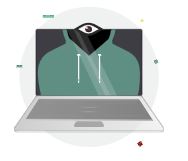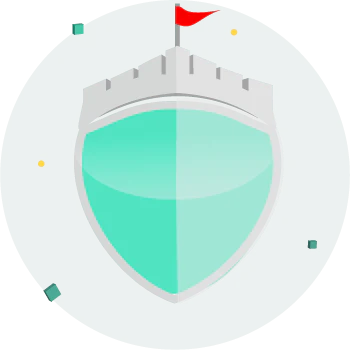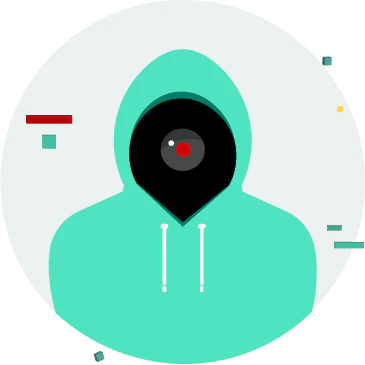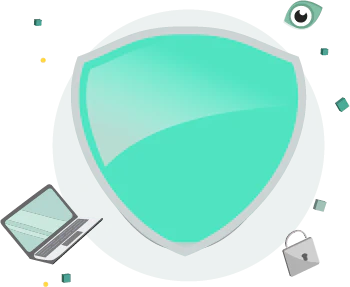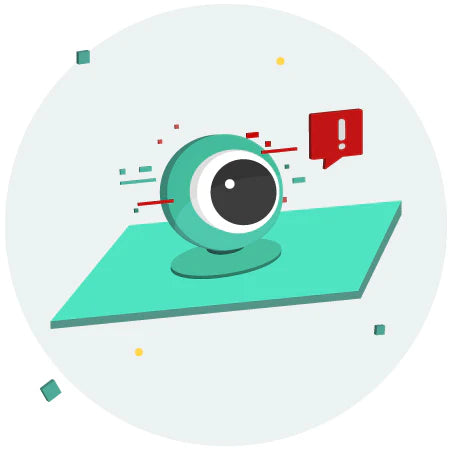
How are webcams hacked?
In this article we will discuss in more detail the processes used to infect computers in order to hack your webcam.
Although some of the methods are similar for private individuals and professionals, the computer equipment and the context are different. This opens the way to other types of attacks.
Mail with link to a booby-trapped site or attachment
Nowadays most of the information (advertisement / certificate / invoice, etc ...) is sent by email. This leads hackers to be particularly inventive in their ways of infecting us with their viruses.
Here is a sample of methods, which you will have understood, evolves regularly.
The infected attachment
This method is the addition of a file as an attachment in the email that the hacker sends you (through a spam campaign for example).
This file is intended to be opened by the victim.This infected file can be a sound file, a PDF, an Office file (Word/Excel/PowerPoint) or an embedded web page (html extension).
Once this file is opened, it takes control of your computer in an invisible way and gives the hacker access to it.
A link to a compromised and infectious site
Since the last method is quite common and therefore known, the hackers have been able to innovate.
A variant consists of placing a link in an e-mail intended for the victim.
Once again, the goal is to entice victims to click on the link and thus visit a compromised website that will potentially infect your computer upon its simple visit (instead of the attachment).As in the previous method, the infection will create a file on your computer that will invisibly take control of it and return access to the hacker.
USB key of your friend/neighbor
Unless you have a neighbor with a penchant for hacking, very often the following method is just a continuation of the previous part.
Most of the time people who have infected USB sticks are not aware of the situation.Indeed, when a computer is infected, it is possible that the virus' capabilities allow it to spread via USB keys connected to this computer. These, once shared with any other person or simply reused on other computers, will allow the virus to attempt to infect the new computer to which it is connected.
Booby-trapped websites and phone applications
One of the methods used and particularly effective is the use of infected web pages. This is useful as a second stage of infection after sending an e-mail to the intended victim, but also as a first stage. An attacker may choose to create a website with enough words of interest to a wide audience that victims will visit it and then be infected with malicious scripts that will run when the web page is opened. A hacker may also choose to create a malicious website to get you to download a virus posing as the application you are desperately seeking on the Internet. These programs are often executable files (e.g. myfavoriteprogram.exe) that, once launched, invisibly compromise your computer. Finally, as you may have deduced, this also applies to (often free) applications that you can download from the Google Store or the App Store of your phone.
CUSTOM WEBCAM COVERS

Gift Monkeywi Nano to your employees and customers with your brand engraved on it.
Monkeywi for Businesses

